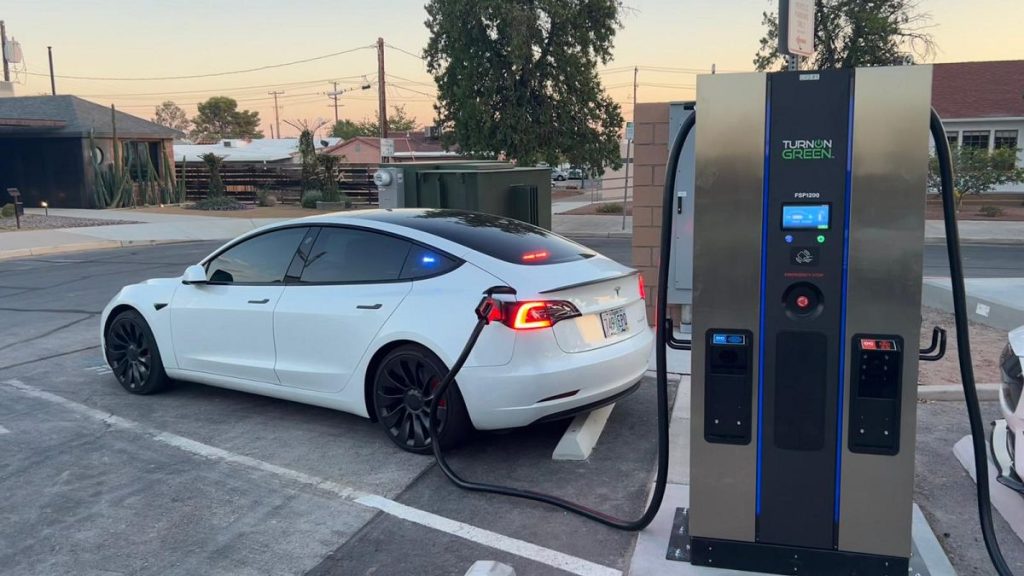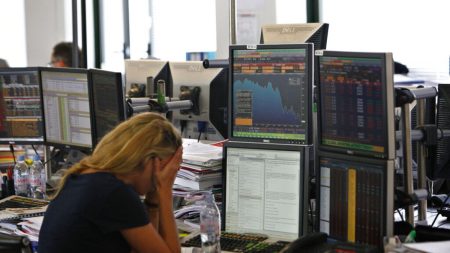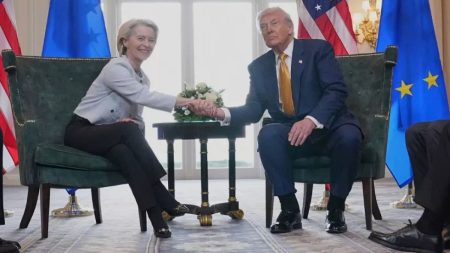The European Union (EU) and China are currently engaged in negotiations to find an alternative resolution to the recently imposed tariffs on Chinese-made electric vehicles (EVs). While discussions have made some progress, particularly regarding the establishment of a minimum price for these vehicles, no definitive agreement has yet been reached. A spokesperson from China’s Ministry of Commerce expressed optimism about the talks, emphasizing the importance of both sides adopting a pragmatic and balanced approach that considers the legitimate concerns of each party and meets the expectations of stakeholders. The aim is to find a mutually beneficial solution that enhances trade relations between the EU and China, two of the world’s leading economies.
The backdrop to these negotiations is the escalating trade tensions sparked by the European Commission’s decision to impose higher tariffs on Chinese electric cars, which may reach up to 45.3% beginning October 30. This move has particularly affected popular Chinese brands such as Tesla and BYD, whose tariffs have seen significant adjustments. The Commission’s decision to apply these import levies followed a complex approval process from EU member states and was motivated by concerns over unfair competitive practices stemming from Chinese government subsidies. While the intent was to protect European manufacturers from these distortions, the response from China has been swift, leading to an ongoing cycle of retaliatory measures.
In response to the EU’s tariffs, China announced its own import duties on European goods, particularly targeting EU brandy, which now faces a hefty deposit increase of up to 39%. This decision has had immediate repercussions for European beverage producers and automotive manufacturers, resulting in notable declines in share prices for major companies such as Pernod Richard, LVMH, BMW, Volkswagen, and Mercedes-Benz. These firms have issued profit warnings amidst falling demand in China and broader economic challenges, illustrating the direct impact of trade tensions on corporate performance and market stability.
The situation is further complicated by the impending presidency of Donald Trump in the United States, as both the EU and China find themselves on his tariff list, prompting urgent negotiations for trade de-escalation. Europe is currently grappling with multiple economic hurdles, including a slowdown in Chinese growth, domestic political unrest, and looming tariff threats from the U.S., which have collectively caused a downturn in the euro and European stock markets. By late November, the euro fell 3% against the dollar, while major European stock indices, such as the Euro Stoxx 50 and CAC 40, posted significant monthly declines, underlining the market’s volatility in response to geopolitical developments.
On the Chinese side, economic data has shown slight improvements in the context of continued stimulus efforts. In the third quarter, China’s GDP growth was reported at 4.6%, reflecting a modest decline from earlier figures. However, despite external pressures, there are indications of resilience in the Chinese economy, particularly as the yuan experienced fluctuations against major currencies in November. The Hang Seng Index and the China A50 both recorded dips, indicating the broader uncertainty affecting Chinese financial markets in light of U.S. election outcomes and inherent domestic challenges.
As the EU and China advance in their negotiations, the stakes remain high for both sides. The outcome will not only influence trade dynamics between the two economies but also impact broader global economic trends and market responses. Continuous efforts toward reconciling their differences will be crucial for achieving a stable and cooperative trade environment, particularly as external pressures from the U.S. and evolving market conditions loom large. Both parties appear motivated to find common ground amidst this complex landscape, highlighting the significance of these discussions for the future of international trade relations.














